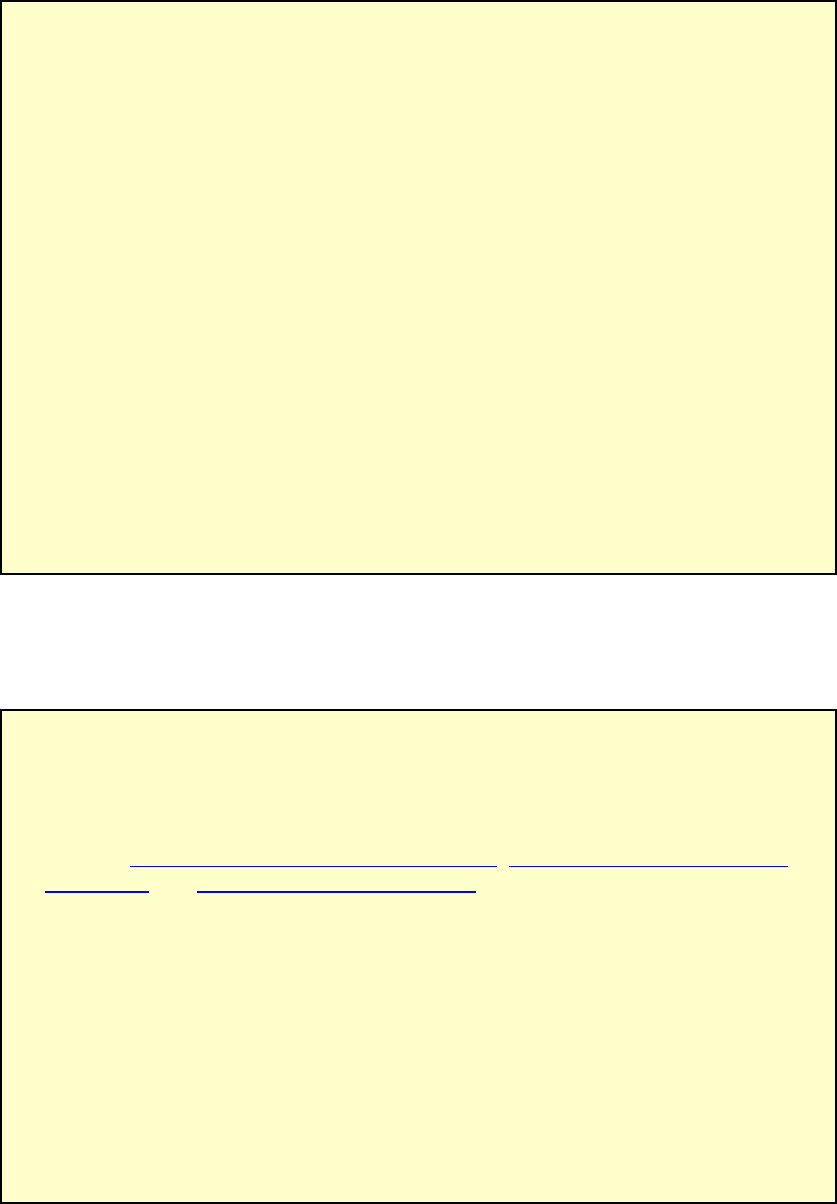
0611 RM500SL User’s Guide Version 2.8 Page 46
9 Other Hearing Instrument Tests
9.1 Section overview
FastFacts 9.1: Other hearing instrument tests
9.2 Harmonic distortion
FastFacts 9.2: Harmonic distortion
In addition to the tests of ANSI S3.22, the RM500SL provides the following:
Distortion: Harmonic distortion at 2
nd
or 3
rd
harmonics and 2
nd
plus 3
rd
with input
levels varying from 60 – 90 dB SPL.
Multicurve: 1 – 4 curves of coupler SPL or coupler gain for swept tones or pink
noise in 1/12
th
octaves at selected input SPL of 0 or 40 to 90 dB in 5 dB steps.
Can be used as a 1/12th octave spectrum analyzer by setting stimulus to 0 dB.
Battery drain: A 10 second test of battery current drain with no acoustic input, a 1
kHz 65 dB input SPL, and an average for 90 dB input SPL at the HFA or SPA
frequencies selected in Setup. Optional battery pills are required.
Manual control: Coupler and HIT reference mic. SPL at selected 1/12
th
octave
frequencies and stimulus SPL of 0 and 40 – 90 dB in 5 dB steps. Can be used as
a dual channel sound level meter with 1/12
th
octave, A and C filters.
This section covers the following topics:
9.2: Harmonic distortion 9.6: Battery drain
9.3: Multicurve procedure 9.7: Manual control procedure
9.4: Multicurve results 9.8: Sound level meter using manual control
9.5: Spectral analysis in Multicurve
This test measures harmonic distortion at 2
or 3
harmonics with input levels
varying from 60 – 90 dB SPL. It also presents the sum of 2
nd
and 3
rd
harmonics as
total harmonic distortion (THD). For hearing aids, this differs little from true THD.
1) Press <Tests>, then highlight and <PICK> [Distortion].
2) Refer to 7.11: Coupling the hearing instrument, 7.12: Positioning the hearing
instrument and 2.5: Battery pill use and care to prepare the instrument for
testing.
3) Turn the hearing instrument ON.
4) Highlight and <Pick> [Start test].
5) Highlight and <PICK> [Harmonics], then highlight and <PICK> THD, 2nd or 3
rd
from the drop-down list.
6) Highlight and <PICK> [Input], then highlight and <PICK> the desired input level
(60 – 90 dB SPL) from the drop-down list.
7) Press <Continue> to run the test. Distortion will be displayed at 1/3 octaves in
graphic and in tabular form.
